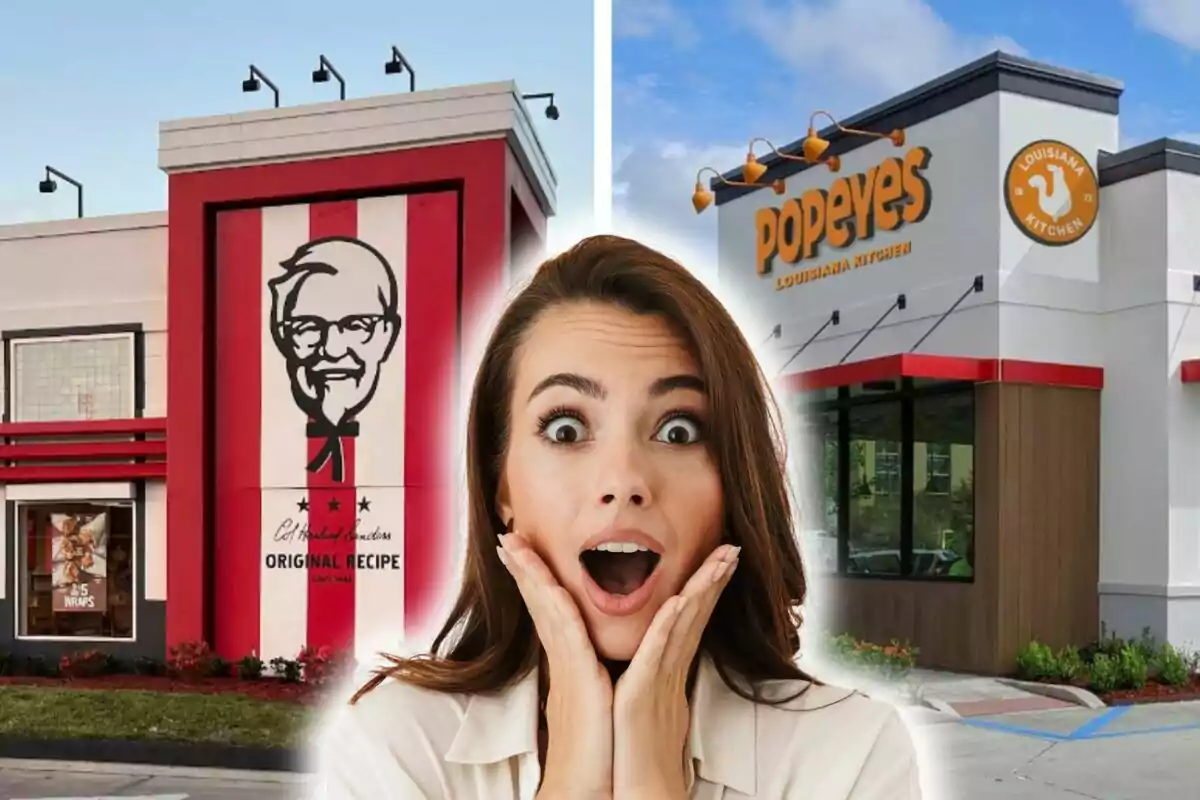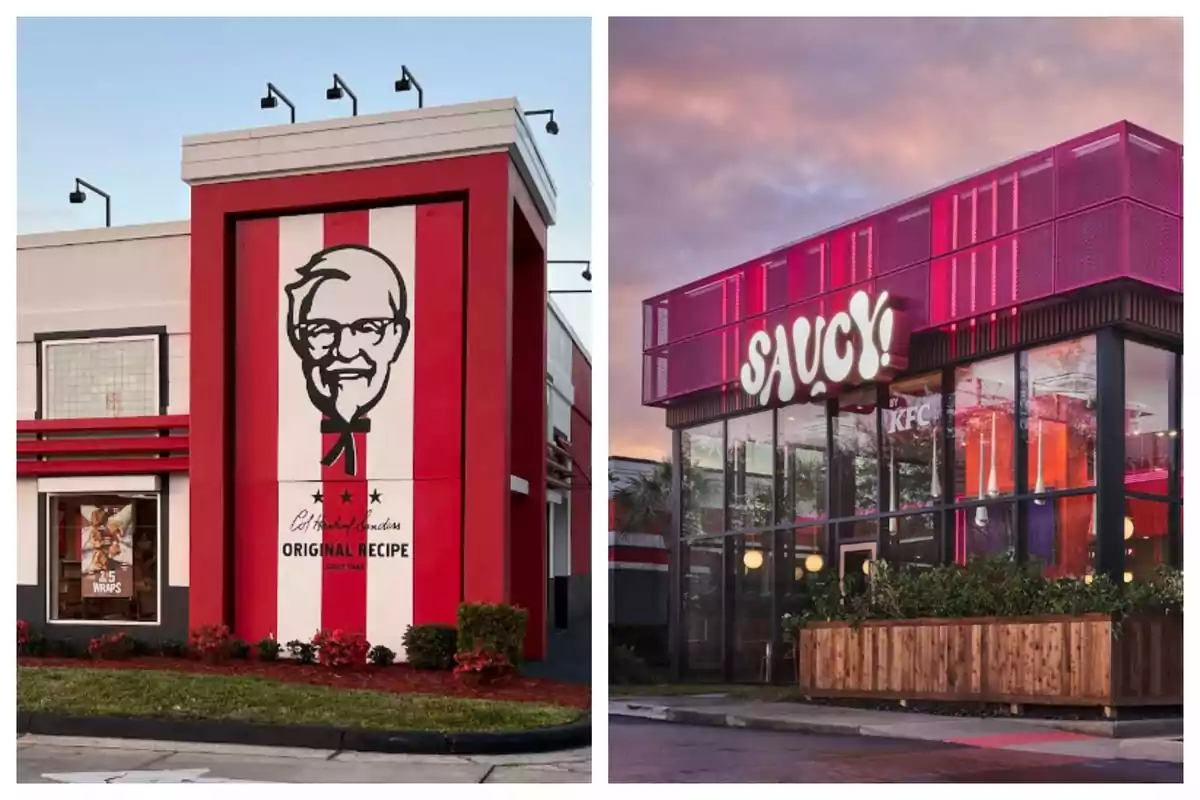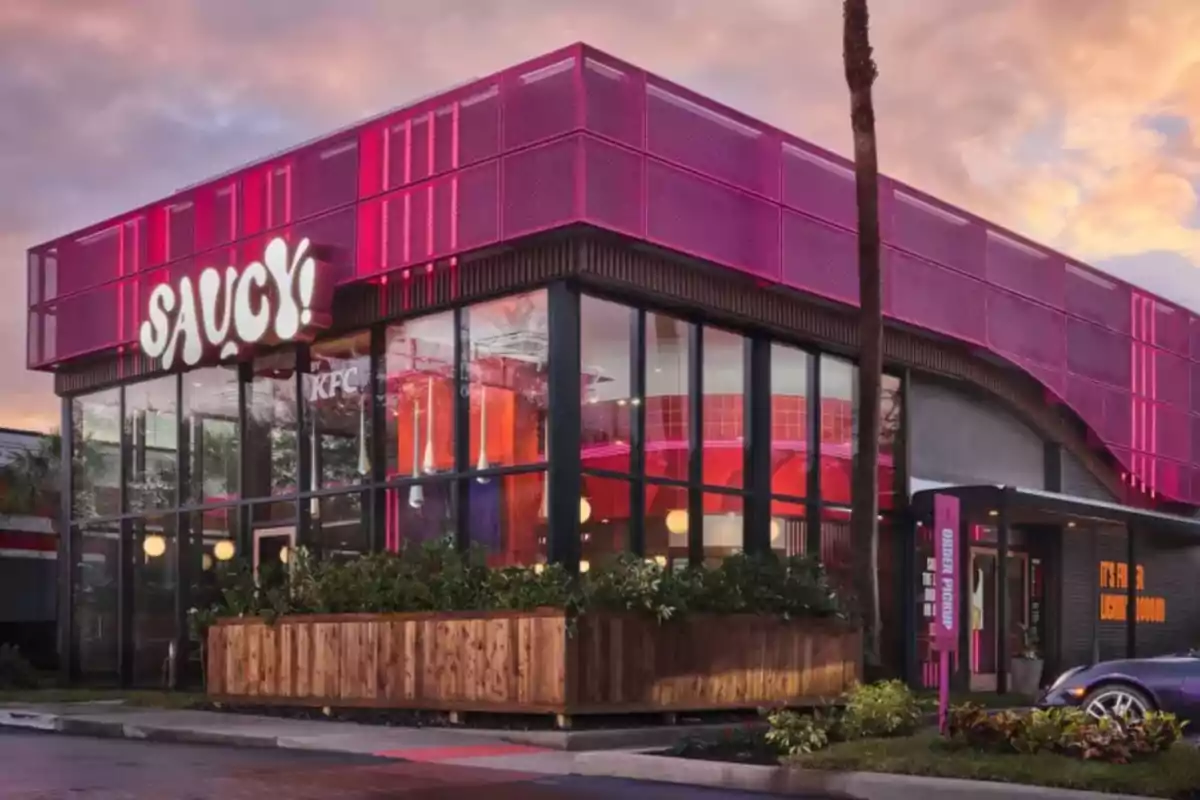
Neither KFC Nor Popeyes: This Could Be the New 'Fried Chicken King' in the United States
KFC Chain Bets on an Independent, Colorful, and Boneless Concept Designed Exclusively for Generation Z
In the competitive fast food market in the United States, established brands constantly seek formulas to attract younger audiences. Consumer loyalty no longer depends solely on taste or price, but also on experience, personalization, and aesthetics.
In this scenario, KFC has decided to momentarily move away from its classic bone-in fried chicken. Five months ago, it introduced Saucy, a new concept based in Orlando, Florida, designed to capture the interest of Generation Z.

Saucy, a KFC Proposal for "Finger Lickin' Good"
Saucy is not an evolution of KFC, but a spin-off with its own identity. Its menu is based on chicken tenders, accompanied by eleven sauces that pay homage to the eleven original herbs and spices of the chain's recipe.
The red disappears from the design, giving way to bright pink. The interiors shine with colorful tables, kiosk orders, and even a live performance area.
Christophe Poirier, KFC's concept director, explained to CNN that this restaurant represents a fresh vision. One designed for those who prioritize speed, flavor, and the ability to customize every bite.

Why Chicken Tenders and Not Bone-In Pieces?
According to Poirier, tenders are ideal for young people. They are convenient to eat on the go and easier to adapt to each customer's taste. A Technomic Ignite survey supports this view, and in the last five years, the offer of tenders has grown by more than 5% in U.S. restaurants.
On the other hand, new dips like jalapeño pesto ranch, Creole mustard, teriyaki, or sweet-spicy Thai reinforce the idea of personalization. They become the protagonists of the experience, not just simple accompaniments.

The Strategy of Spin-Offs in Fast Food
KFC is not the only brand betting on creating parallel lines focused on a specific niche. Taco Bell, also part of the Yum group, launched a café in San Diego with unique products for young customers.
McDonald's did the same with CosMc's. The intention is clear: to test ideas, capture new audiences, and collect data without compromising the parent brand.
Poirier, KFC's concept director, stated that opening a restaurant like Saucy gives them "permission to play." This allows them to test concepts without being limited by KFC's traditional image.
Saucy, although linked to the iconic chicken chain, presents itself with a distinct visual identity and menu. Even its logo mentions KFC discreetly, almost like a signature.
There is no doubt that in the battle for the fried chicken throne in the United States, Saucy positions itself as a serious contender. One that has understood that centennials no longer seek the same things as their parents. Could this be the beginning of a new era for fast food?
More posts: